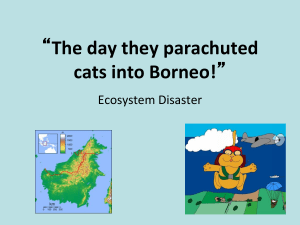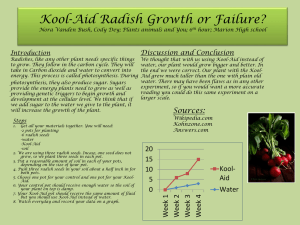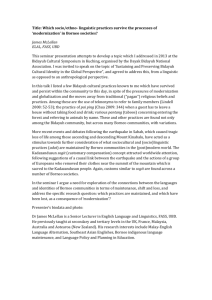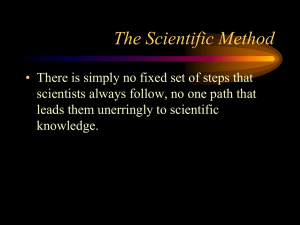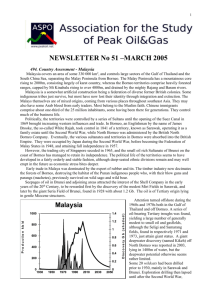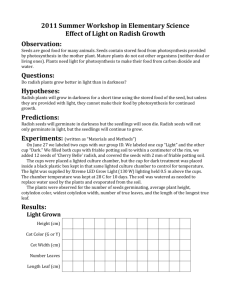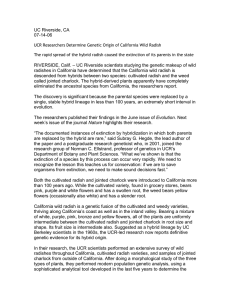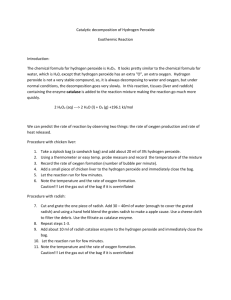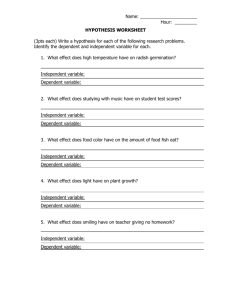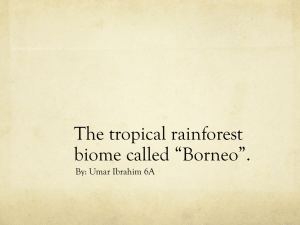APES ACTIVITY: Interrelationships in Ecosystems “THE DAY THEY
advertisement
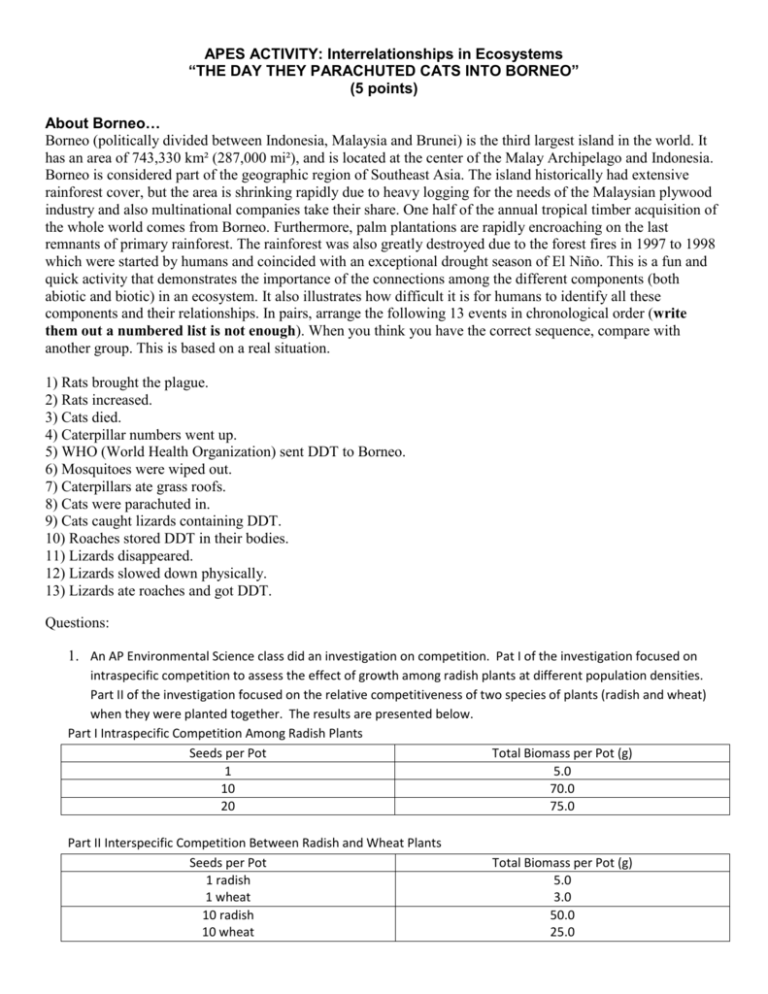
APES ACTIVITY: Interrelationships in Ecosystems “THE DAY THEY PARACHUTED CATS INTO BORNEO” (5 points) About Borneo… Borneo (politically divided between Indonesia, Malaysia and Brunei) is the third largest island in the world. It has an area of 743,330 km² (287,000 mi²), and is located at the center of the Malay Archipelago and Indonesia. Borneo is considered part of the geographic region of Southeast Asia. The island historically had extensive rainforest cover, but the area is shrinking rapidly due to heavy logging for the needs of the Malaysian plywood industry and also multinational companies take their share. One half of the annual tropical timber acquisition of the whole world comes from Borneo. Furthermore, palm plantations are rapidly encroaching on the last remnants of primary rainforest. The rainforest was also greatly destroyed due to the forest fires in 1997 to 1998 which were started by humans and coincided with an exceptional drought season of El Niño. This is a fun and quick activity that demonstrates the importance of the connections among the different components (both abiotic and biotic) in an ecosystem. It also illustrates how difficult it is for humans to identify all these components and their relationships. In pairs, arrange the following 13 events in chronological order (write them out a numbered list is not enough). When you think you have the correct sequence, compare with another group. This is based on a real situation. 1) Rats brought the plague. 2) Rats increased. 3) Cats died. 4) Caterpillar numbers went up. 5) WHO (World Health Organization) sent DDT to Borneo. 6) Mosquitoes were wiped out. 7) Caterpillars ate grass roofs. 8) Cats were parachuted in. 9) Cats caught lizards containing DDT. 10) Roaches stored DDT in their bodies. 11) Lizards disappeared. 12) Lizards slowed down physically. 13) Lizards ate roaches and got DDT. Questions: 1. An AP Environmental Science class did an investigation on competition. Pat I of the investigation focused on intraspecific competition to assess the effect of growth among radish plants at different population densities. Part II of the investigation focused on the relative competitiveness of two species of plants (radish and wheat) when they were planted together. The results are presented below. Part I Intraspecific Competition Among Radish Plants Seeds per Pot Total Biomass per Pot (g) 1 5.0 10 70.0 20 75.0 Part II Interspecific Competition Between Radish and Wheat Plants Seeds per Pot 1 radish 1 wheat 10 radish 10 wheat Total Biomass per Pot (g) 5.0 3.0 50.0 25.0 20 radish 20 wheat 75.0 40.0 A. Discuss the results of Part I of the investigation (i) At what population density was the biomass per plant highest? (ii) What resources may have been limited? (iii) Discuss the results obtained from the class for part I in terms of biological laws or principles B. Discuss the results of Part II of the investigation (i) Which plant was most affected by the competition between the two species? (ii) What are possible reasons why the plant chosen in (i) may have been more successful? (iii) Discuss the results obtained from the class for part II in terms of biological laws or principles 2. For decades, forest fires in the United States have been suppressed. In 2003 legislation was passes under the Healthy Forests Initiative (HFI) in response to the record-breaking wildfires that had occurred in the early 2000s. Some environmental and conservation groups fear that negative impacts could result if timber companies are encouraged to harvest medium and large size trees in federally owned forests while clearing away the smaller trees and underbrush. A. Identify TWO characteristics of forests that develop when fires are suppressed, and explain why the practice of fire suppression does not reduce, but actually increases, the risk of intense and extensive forest fires. B. The effects of the HFI are expected to extend beyond fire reduction. Excluding fire reduction, describe ONE positive and ONE negative effect likely to result from the implementation of the provisions of the HFI. C. Describe TWO ecosystem services provided for humans by forests. Explain how clear-cutting would affect each ecosystem service you describe. D. Identify s specific type of plant community or biome (other than a forest) that is naturally maintained by fire. Explain how the fire maintains the community or biome.
